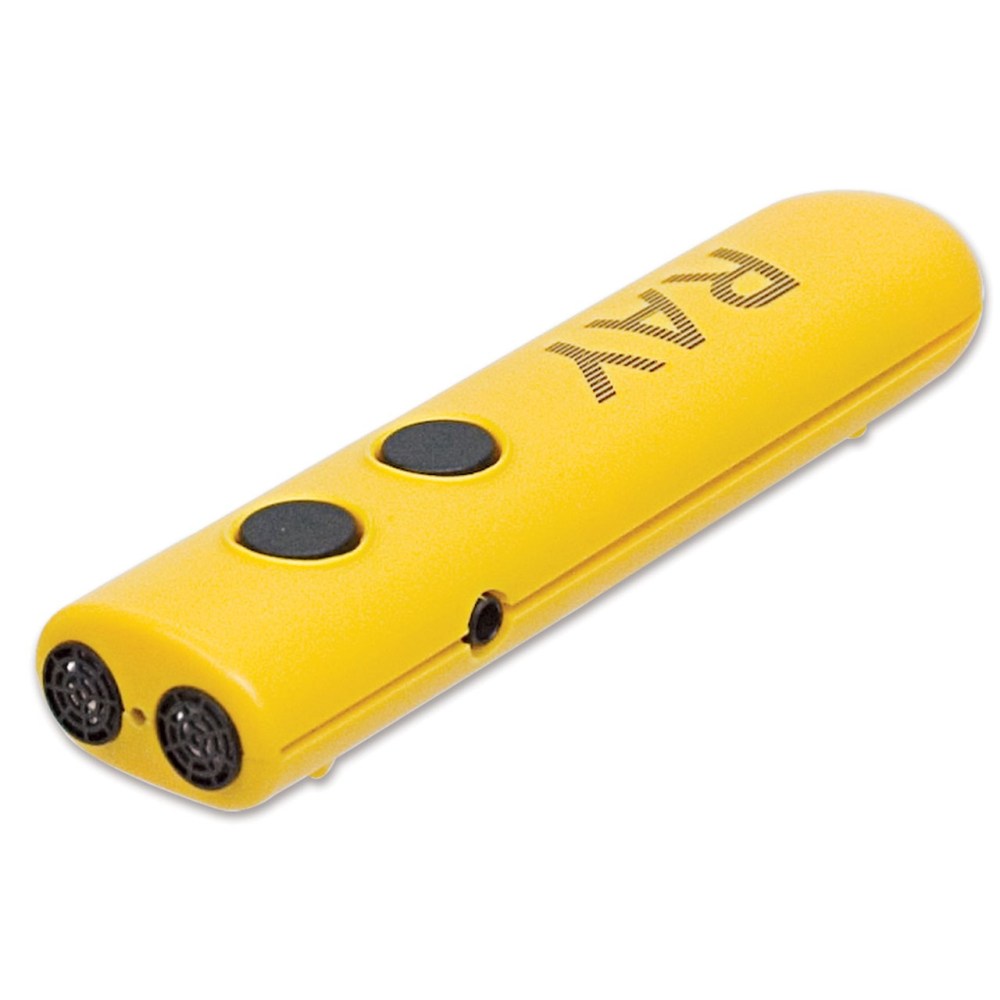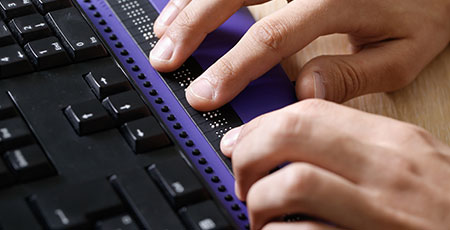Wearable Technology for Low Vision: Making Daily Life Easier
Wearable Technology for Low Vision: Making Daily Life Easier
Blog Article
Empowering Independence With Assistive Modern Technology for the Blind
The combination of assistive modern technology into the lives of individuals with aesthetic problems stands for a substantial improvement in promoting freedom and self-sufficiency. From innovative display readers to innovative wise walking sticks, these tools not just improve day-to-day navigating and interaction however additionally equip individuals to engage meaningfully in numerous aspects of life. As we discover the myriad benefits and real-world applications of these technologies, it becomes essential to check out the hidden elements that add to their efficiency and the possibility for future advancements in this vital area.
Overview of Assistive Technology

The development of assistive modern technology is grounded in principles of inclusivity and empowerment. Developments in software, hardware, and sensory improvements provide customers with choices customized to their particular requirements. From screen viewers that convert text to speech, to responsive gadgets that share info via touch, these tools change the method people engage with their surroundings.
Along with sensible applications, assistive innovation cultivates greater social incorporation and participation in numerous markets, consisting of education and employment (OCR devices for the blind). As research and development continue to progress, the potential for assistive innovation to further boost the lives of aesthetically damaged people remains promising, paving the way for a more equitable society where every person can prosper
Types of Assistive Devices
A variety of assistive devices have actually emerged to support individuals with aesthetic problems, each designed to satisfy certain requirements and improve daily performance. These gadgets vary from low-tech options to state-of-the-art technologies, supplying varied alternatives for individuals.
Low-tech gadgets consist of magnifiers and large-print materials that help in reading and writing. Braille tools, such as Braille slates and styluses, allow tactile reading and interaction. Positioning and flexibility help, like white walking canes, assist individuals browse their atmosphere safely.
On the higher end of the range, digital magnifying systems and display readers offer substantial support. Electronic magnifiers allow customers to expand message and photos on screens, while display visitors convert digital web content into synthesized speech, facilitating access to details on computers and smartphones.
Smart device applications likewise play an essential duty, providing functions like text acknowledgment and navigating help. Wearable innovation, such as clever glasses geared up with augmented reality, is emerging as a promising device to boost situational recognition.
Benefits of Assistive Innovation
The assimilation of assistive modern technology dramatically boosts the high quality of life for people with aesthetic disabilities. These technologies equip individuals by advertising self-reliance, allowing them to navigate their environments extra successfully and execute everyday tasks with better convenience. For instance, display viewers and magnification software application permit individuals to accessibility electronic details, promoting specialist and educational chances that may have formerly run out reach.
Moreover, assistive tools such as clever walking canes and general practitioners applications offer real-time navigation help, boosting mobility and security. This boosted autonomy not only improves self-confidence yet also motivates social involvement, permitting customers to get involved even more totally in their communities.
Assistive innovation likewise assists in interaction, helping individuals get in touch with others with voice acknowledgment and text-to-speech applications. This capacity is crucial for keeping connections and accessing important info.
Additionally, the customization alternatives available with many assistive modern technologies make sure that users can customize gadgets to their certain needs, better boosting use and effectiveness. Generally, the benefits of assistive innovation for people with visual problems are profound, advertising a much more inclusive culture where everybody can pursue their goals and goals.
Study and Success Stories
Highlighting the transformative effect of assistive technology, many instance researches illustrate how individuals with aesthetic impairments have effectively incorporated these tools right into their day-to-day lives. One engaging instance involves a college pupil who utilized screen reading software application to browse on-line resources and academic materials efficiently. This technology not only promoted her education and learning yet also boosted her confidence in taking part in conversations and team jobs.
One more study includes a professional who utilizes a mobile phone application designed for navigating and object recognition. By utilizing this app, he has actually reclaimed autonomy in both his individual and job settings, enabling him to commute separately and involve with colleagues better.
Additionally, a retiree shared her experience with braille e-readers, which enabled her to access a large range of literature and stay gotten in dig this touch with her community through publication clubs.
These success tales emphasize the essential role of assistive modern technology in cultivating freedom, boosting lifestyle, and advertising social assimilation for people with visual disabilities (Assistive technology for the blind). By welcoming these ingenious tools, individuals can conquer obstacles and take opportunities that add to their individual and expert gratification

Future Fads in Assistive Technology
Advancement in assistive innovation is positioned to redefine the landscape of support for individuals with visual problems. Emerging trends emphasize the combination of man-made intelligence (AI) and maker learning, site which boost the functionality of tools that help with navigation and information accessibility. For example, AI-driven applications are now qualified of interpreting aesthetic information in real-time, enabling users to involve with their atmosphere more individually.
In addition, the development of wearable modern technology is advancing quickly. Smart glasses equipped with increased reality (AR) can offer audio summaries of environments, changing just how users engage with public rooms. These devices not only promote autonomy but likewise foster social incorporation.
In Addition, the Net of Things (IoT) is making homes smarter, enabling smooth connection between assistive tools and everyday home appliances. This connection empowers individuals by making it possible for voice-activated controls and automated responses tailored to individual needs.
Final Thought
Finally, assistive modern technology plays a crucial function in empowering people with visual disabilities by improving their independence and interaction with their surroundings. The diverse variety of applications and tools offered not just promotes navigating and interaction yet likewise designer frames advertises social assimilation and possibilities for individual and specialist growth. As innovations proceed in this area, the capacity for improving the lifestyle for those with visual impairments will increase, cultivating higher autonomy and empowerment.

Report this page